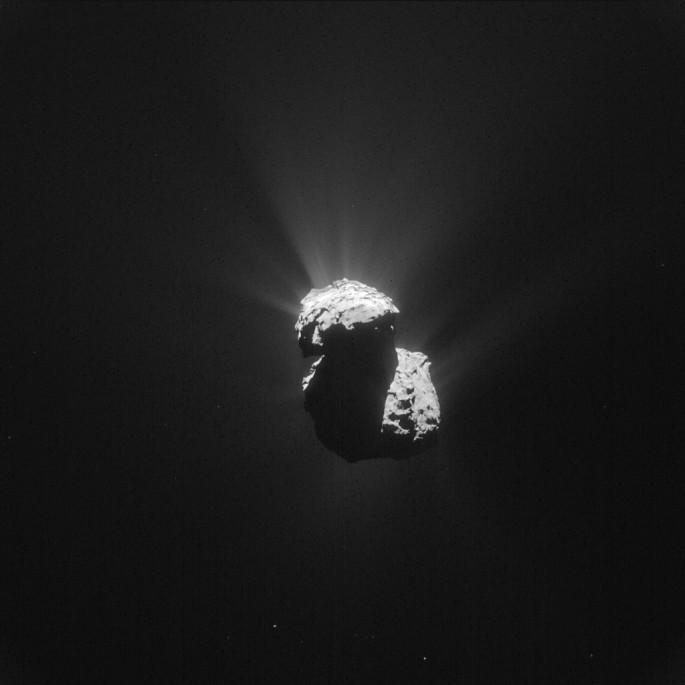Mission control teams of the European Space Agency that has been watching over comet lander Philae received another wave of exciting news as the lander is now confirmed to be back in communications with its mothership, the orbiting Rosetta probe.
After being in hibernation for several months, the Philae lander was stuck under a deep shadow of a cliff on the surface of the comet 67P/Churyumov-Gerasimenko when it landed last November. However, it suddenly came back to life when it sent radio signals last June 13 and June 14, boosting preparations to begin the long scheduled scientific experiments on the comet.
After these crucial communication transmissions, the lander fell into another blackout last week but mission scientists regard this as an expected event since Rosetta was now busy transitioning into its pre-programmed science operations.
On Friday, June 19, Philae sent a pair of two minute radio signals which were predicted by scientists.
According to Michael Maibaum who is the deputy operations manager of the DLR Lander Control Center (LCC) in Cologne, we have now received an updated status information of Philae.
He adds that the lander is presently operating on a temperature of zero degrees Celsius meaning that the battery is getting warm enough to collect solar energy. Apart from this, Philae will also operate during night time on the comet without the need of solar power at day time. Maibaum says that Philae is "doing very well".
Further analysis of Philae's prior transmission reveals that the amount of solar energy that have reached the lander's solar panels is now steadily increasing.
Apart from the prior transmission in June, Philae apparently sent signals back in May meaning the lander was already operational but failed to make radio contact with the Rosetta spacecraft.
Scientists are now adjusting Rosetta's orbit in order to establish a longer and more stable network with Philae so that the lander will finally be able to receive commands and carry out its scientific experiments on the comet.



























